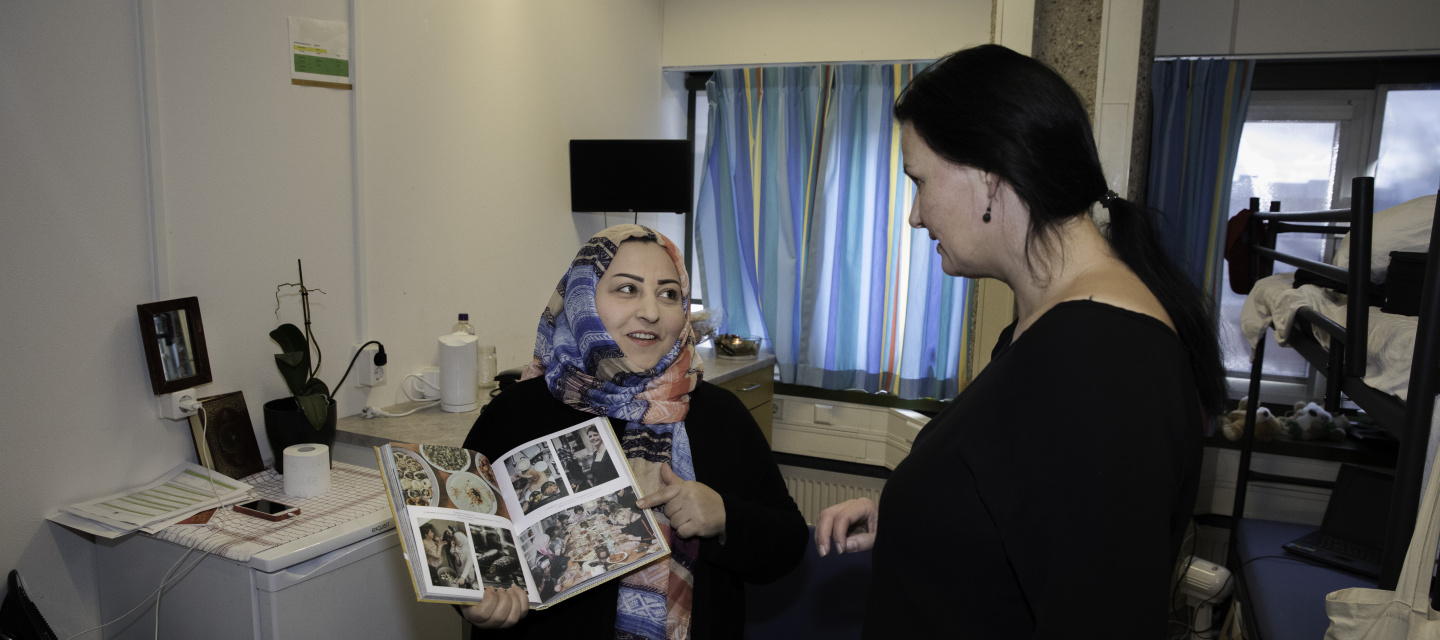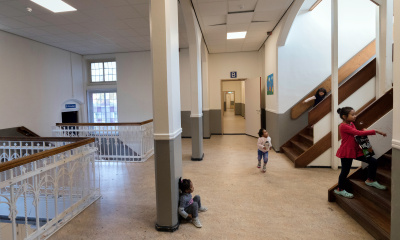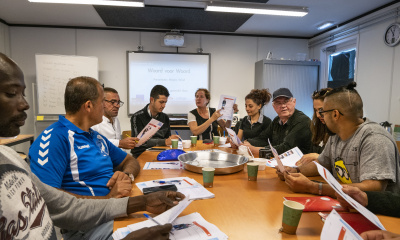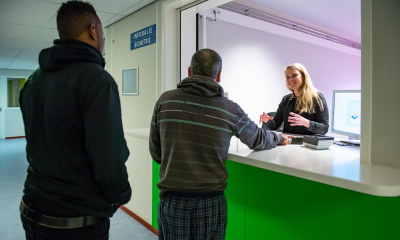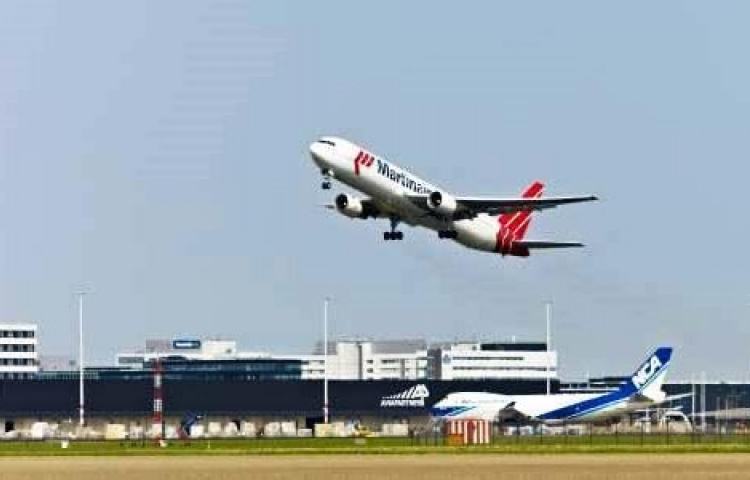
DT&V: in charge of departure
The Repatriation and Departure Service (DT&V) coordinates the actual departure of foreign nationals who are not entitled to residence in the Netherlands. The departure supervisors of the DT&V work closely together with COA staff in the reception centres to support foreign nationals without a right to stay in their departure from the Netherlands.
Personal interviews and referral
What happens if an asylum seeker is informed by the IND that he is not allowed to stay in the Netherlands? Then a departure supervisor of the DT&V will have interviews with him about return to the country of origin or another country.
The case manager of the COA will also have an interview with the asylum seeker. They have this interview as soon as possible after arrival in the reception centre. The case manager confronts the asylum seeker with reality: bear in mind that the IND may reject your asylum application.
If the asylum application is rejected, he stimulates independent departure and informs the asylum seeker how many days he is still allowed to remain in a reception centre to prepare for their departure. And what the consequences are if he does not cooperate with departure and chooses to stay illegally in the Netherlands.
The case manager will also ask about his plans for reintegration in the country of origin. What are the obstacles and what does he need? They will tell that organisations like the Repatriation and Departure Service (DT&V) and the International Organisation for Migration (IOM) assist in reintegration. As part of IOM return projects, asylum seekers can, for example, set up a small business, have education, or get a payment.
The case manager monitors whether people are not staying longer in the reception centre than the number of days they are allowed to.
Future Training in case of return
Adult asylum seekers who are not allowed to stay in the Netherlands can attend the COA’s Future Training Programme. In this group training they prepare for their future outside the Netherlands and we stimulate independent return. The programme consists of a number of fixed components: reality check, future expectations, the Repatriation and Departure Service (DT&V), illegal stay, and the International Organisation for Migration (IOM).
Local consultation of organisations in the immigration system
In every reception centre, there are supervisors of the DT&V. They organise the local consultation of cooperating organisations in the immigration system with employees of the COA, the IND, and the Aliens Police (AVIM). In the local consultation of organisations cooperating in the immigration system, we discuss the situation of asylum seekers who have to leave the country. Are they cooperating with independent return? Are they preparing themselves for reintegration? We discuss how we can best work together to support them.
Reception centres for return
Rejected asylum seekers may stay up to 28 days in a regular reception centre to prepare for their departure from the Netherlands. Adults can get up to 12 more weeks of shelter in a freedom-restricting centre (vbl), but only if there’s a prospect of departure. Families with minor children can move to a family centre if they have no other shelter and are unable to achieve departure from the vbl within 12 weeks.
Forced departure from the Netherlands
What if rejected asylum seekers do not cooperate with their return? Then the DT&V may resort to forced departure. Sometimes there is no prospect of removal, for example because the country of origin does not take back refugees. In these cases, asylum seekers are no longer entitled to reception either and have to leave the reception centre. They often disappear for an 'unknown destination'. It is then not known where they are staying.
